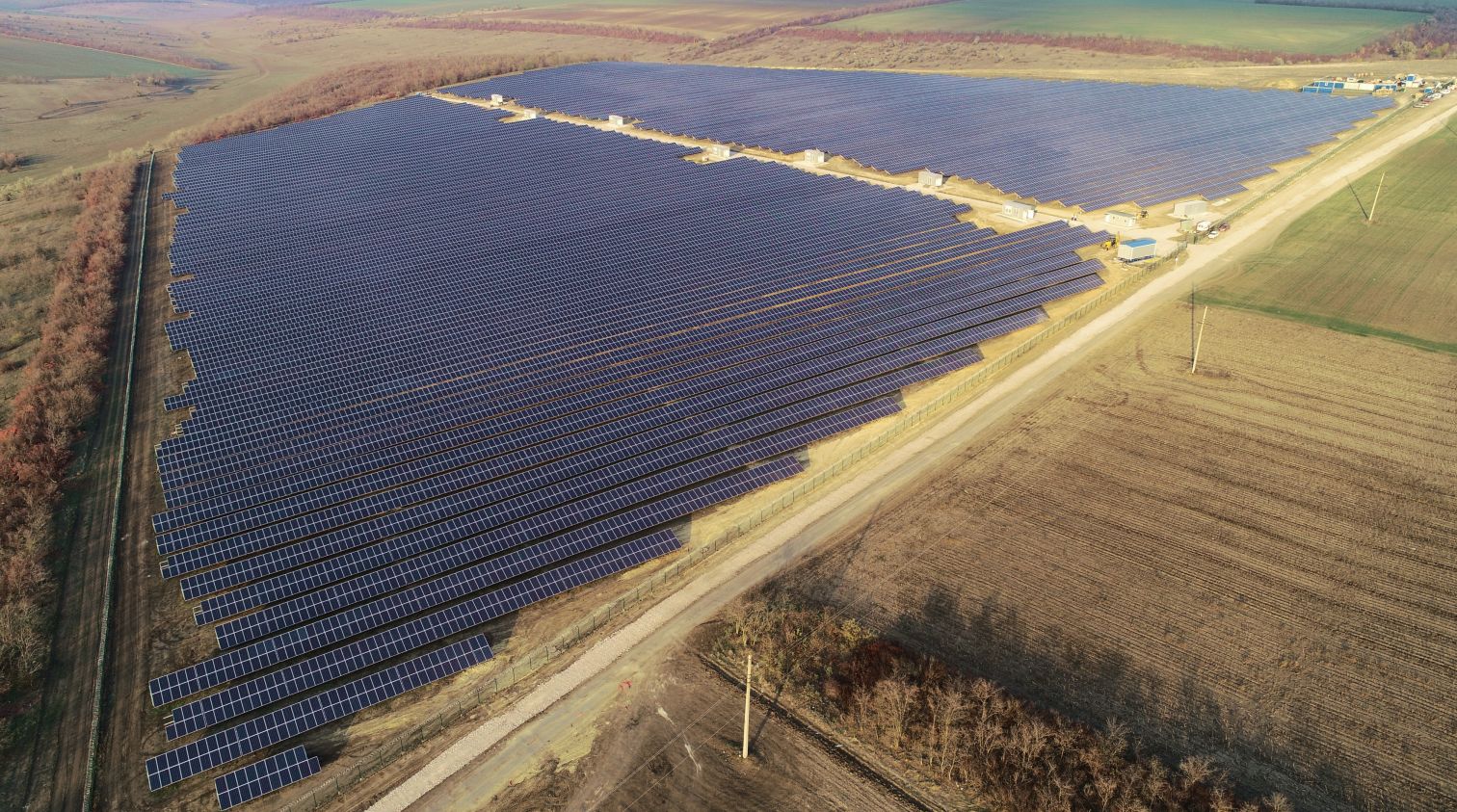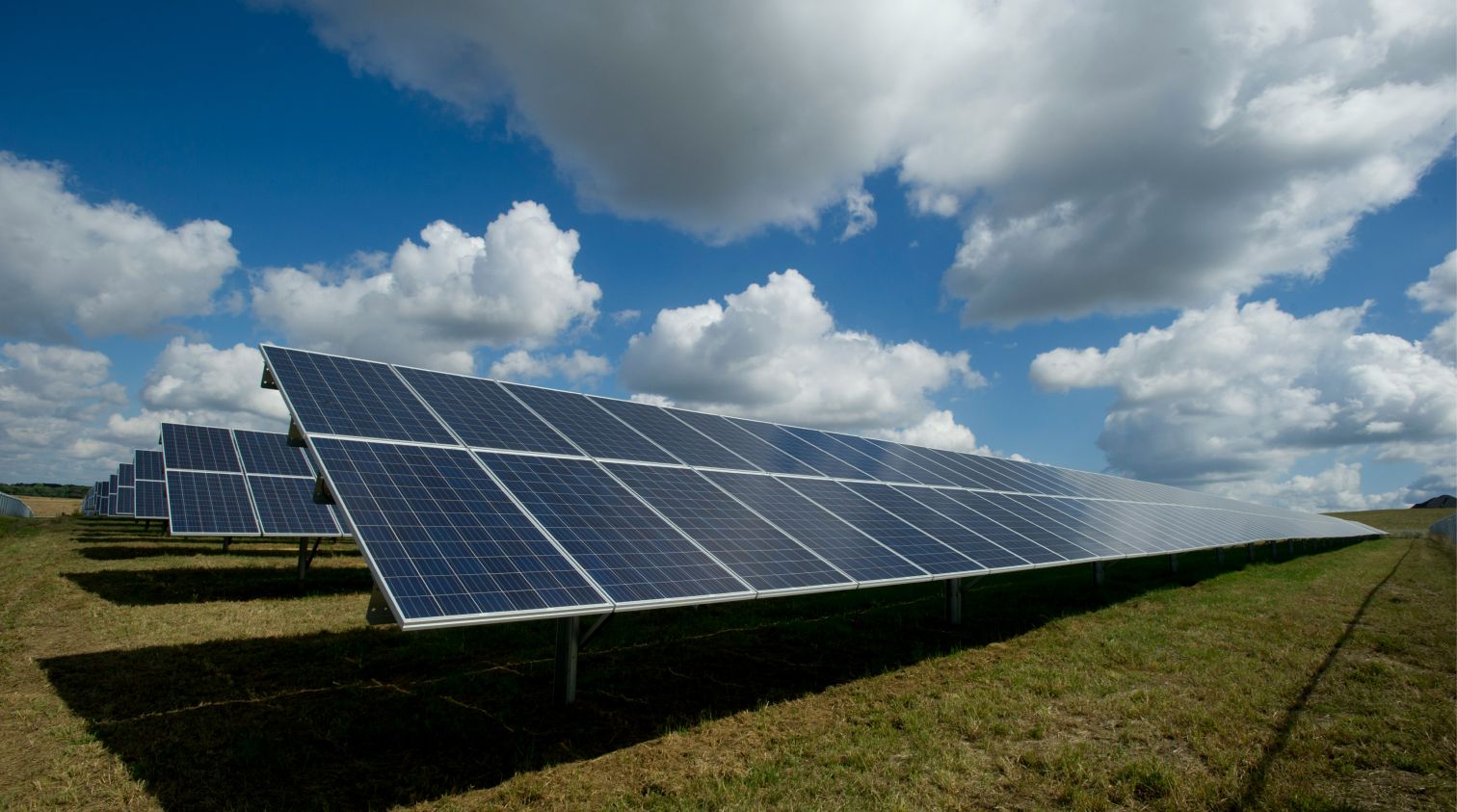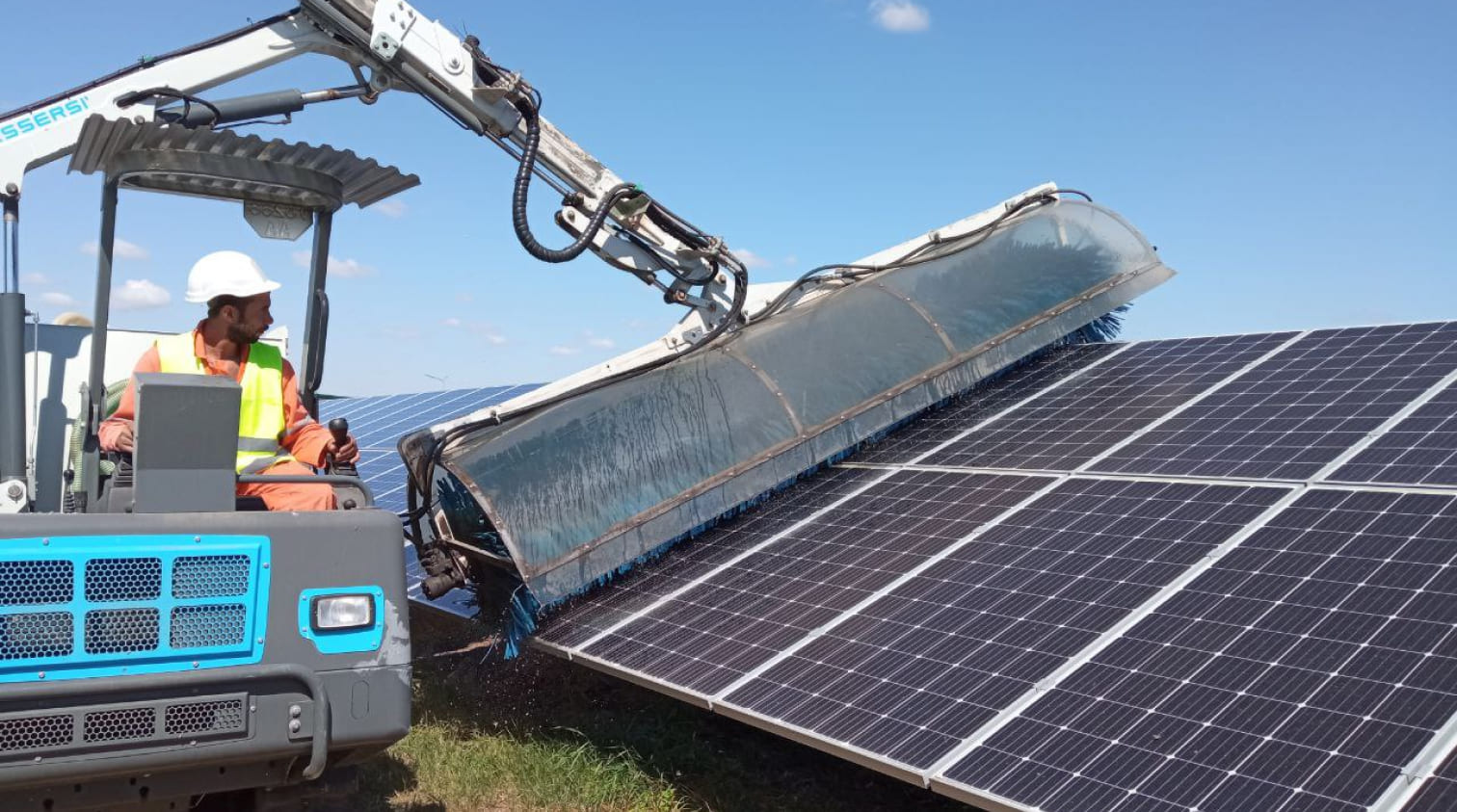About service
Real-time electricity-generation forecasting is becoming an integral component for the efficient management of solar power plants connected to the main grid. This forecasting plays a major role in predicting and improving the efficiency of power generation considering many different variables and environmental conditions.
Rengy Development offers a unique service capable of accurate prediction of power generation. Advanced technology and algorithms that evaluate numerous parameters including weather conditions and solar activity.
In this way, we not only increase the efficiency of solar power plant operation but also significantly optimise the energy-management processes to ensure that the energy supply is reliable and sustainable for our customers.
Accurate forecasting of electricity production plays a crucial role in optimising the production and sale of such electricity. The more accurate and versatile the data we receive, especially using satellite technology, the more efficiently we can plan the supply of electricity.
In turn, this both maximises revenue from energy sales and significantly reduces risks and penalties related to imbalances between planned and actual electricity generation.
How does it work?
Forecasting of electricity production by the solar power plants is usually performed through a variety of techniques. Among the most popular methods is use of artificial intelligence (AI) and various statistical instruments. AI algorithms, in particular, have strong self-education and adaptation abilities which can improve forecasting accuracy.
Several regression models are also applied, such as NARX, NARMAX, SARIMA, and ARIMA, which analyse input data, including solar exposure, temperature, and time of day.
These methods allow forecasting to be modified according to deviations between measured and predicted energy-production values, ensuring more accurate and reliable forecasting.
Professional forecasting is key to stable plant operations

One of the main issues that forecasting helps address is the uncertainty and variability inherent to renewable energy production due to weather and other external factors. This is particularly important in relation to the balance between supply and demand within the energy network. Accurate forecasting allows for precise load management and prevention of power outages, which are critical to make sure the grid is reliable.
In addition, forecasting electricity generation by the solar power plants may lead to a significant improvement in the economic component of the work. If we understand how changes in weather and other external conditions can affect power generation, we can optimise use of resources and reduce costs.
Before setting up a solar power plant, it is important to carry out detailed modelling to assess the potential energy generation and determine the best strategies for using it. This is also helpful in the process of determining the optimal size and location for the power plant, accounting for local weather conditions, grid capacities and other factors that can affect performance.
Research and development in the field of solar power forecasting, such as that used by the US Department of Energy, is actively encouraging development of methods with a focus on improving integration of solar power into the existing energy system and better managing its variability and uncertainty.
This is a professional approach that raises production to the highest levels in the world’s leading countries. It is also a practice that we follow at Rengy Development.







